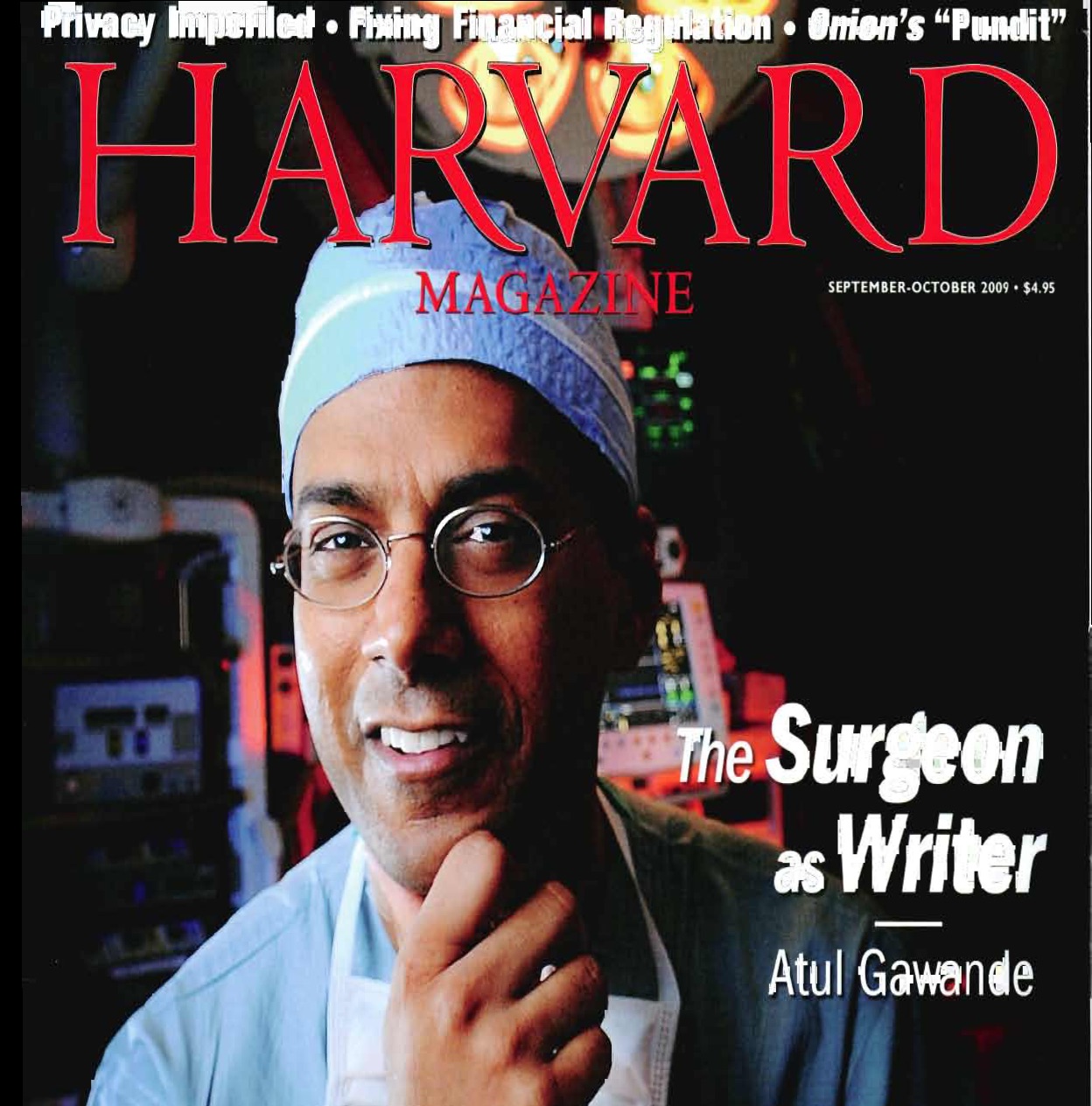The American Academy of Pediatrics has issued a Policy Statement titled "Guidelines for Expert Testimony in Medical Malpractice Litigation.
After reviewing the role of the expert witness in medical malpractice litigation, the Guidelines begin the "recommendations" section of the paper with this statement:
The AAP recognizes that physicians have the professional, ethical, and legal duty to testify as called on in a court of law in accordance with their expertise. Physicians serving as expert witnesses have an obligation to present complete and unbiased information with which the trier of fact can ascertain whether the defendant was medically negligent and whether, as a result, the plaintiff suffered compensable
 Day on Torts
Day on Torts


